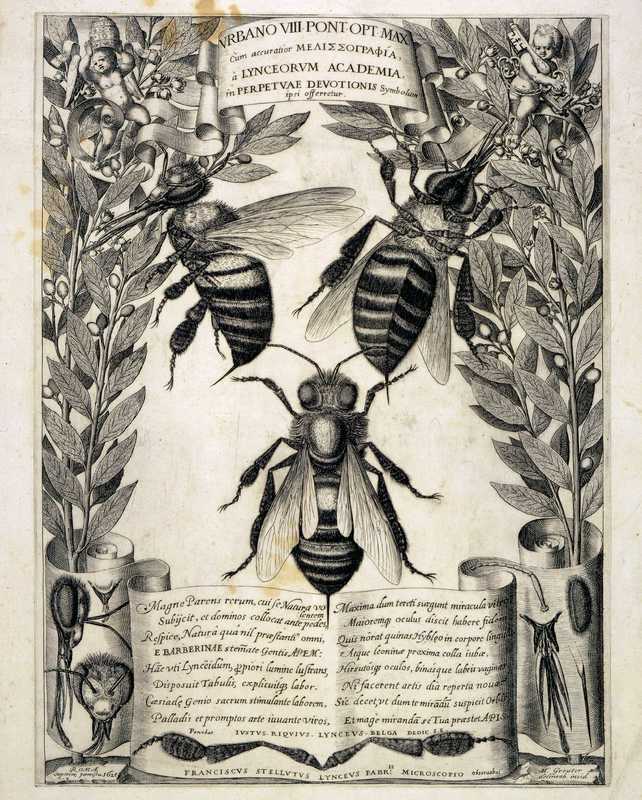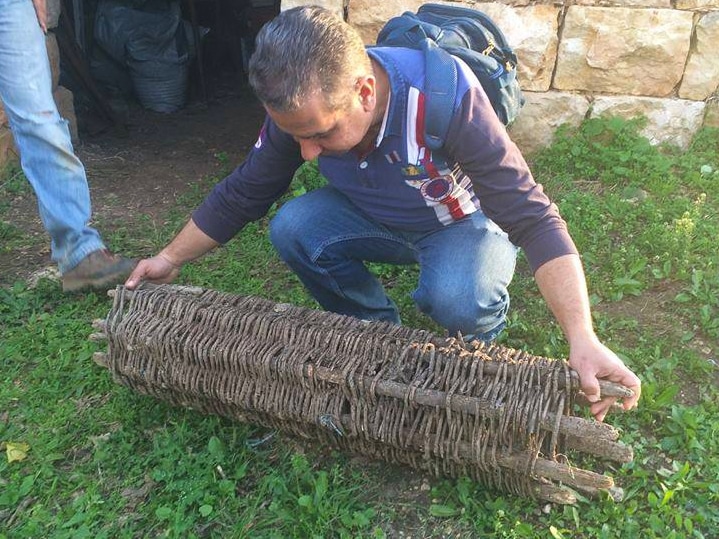Learn About BeesThe honey bee (Apis mellifera) is only one of over 20,000 species of bees that have been living on earth for over 100 million years (around the time when flowers started to appear). Many species are still not described, however; which could bring their total number to around 25,000 or even 30,000.
Bees are important both ecologically and commercially. With only a few exceptions, all bees are pollinators and are responsible for the existence of some 240,000 species of flowering plants and of about 70% of our 3,000 food crops. The value of pollination to agriculture is estimated at over $70 billion annually (Corbet et al., 1991, Allen-Wardell et al., 1998 and Klein et al., 2007). The honey bee is the only bee species that produces honey, which makes it the only insect capable of feeding humans. Recent DNA studies suggest that the honey bee originated in Asia around 300,000 years ago and rapidly spread across Europe and Africa. The first depictions of humans gathering honey from wild bees are cave paintings dating back to 15,000 years. Bee domestication began some 9,000 years ago in North Africa. Yet there is still much that we don't know about honey bees. Until the 17th century, most of the beekeeping knowledge was inherited from the Greek philosopher Aristotle (384–322 BC). While these early observations were quite useful to beekeepers, modern science later proved a lot of them were based on misconceptions. For example, the queen bee had always been thought of as a "king" (male). It was Charles Butler (1560–1647), known as the father of English beekeeping, who first popularized the notion that she was a female in his book The Feminine Monarchie (1634). This was later confirmed in 1668 by the Dutch biologist Jan Swammerdam (1637-1680) who was among the first scientists to use dissection and the newly discovered microscope in the study of animals and insects. Modern top-bar Langstroth beehives - named after Lorenzo Lorraine Langstroth (1810-1895) - were patented and put in use in the 1850s. These hives allowed beekeepers to harvest honey without damaging the hive combs or enraging the bees. Some European beekeepers were already experimenting with similar designs based on the concept of the "bee space" - a space of less than 9 mm which bees keep free of wax or propolis - which was used to design movable hive frames that beekeepers could easily move around. Before that, most beehives were made of clay or woven plant fibers, and had to be destroyed during the honey harvest. Examples of such hives have been found in some parts of Lebanon and the region). Other bee species such as mason bees, carpenter bees and bumblebees are even less well-known, although their declining populations have started getting attention from conservation groups and the general public. In 2016, 7 species of of yellow-faced or masked bees were added to the U.S. federal list of endangered and threatened species, and were followed by the first bumblebee species, the rusty patched bumblebee (Bombus affinis). AFIR Beekeeping and Nature Discovery Center aims to provide original information on local honey bees and pollinators in Lebanon, as well as the species that make up their ecosystem. We work closely with entomologists, researchers and experts in the fauna and flora of the region to identify these species, Stay up-to-date with our latest research updates: The honey bee Wild pollinators |
|

